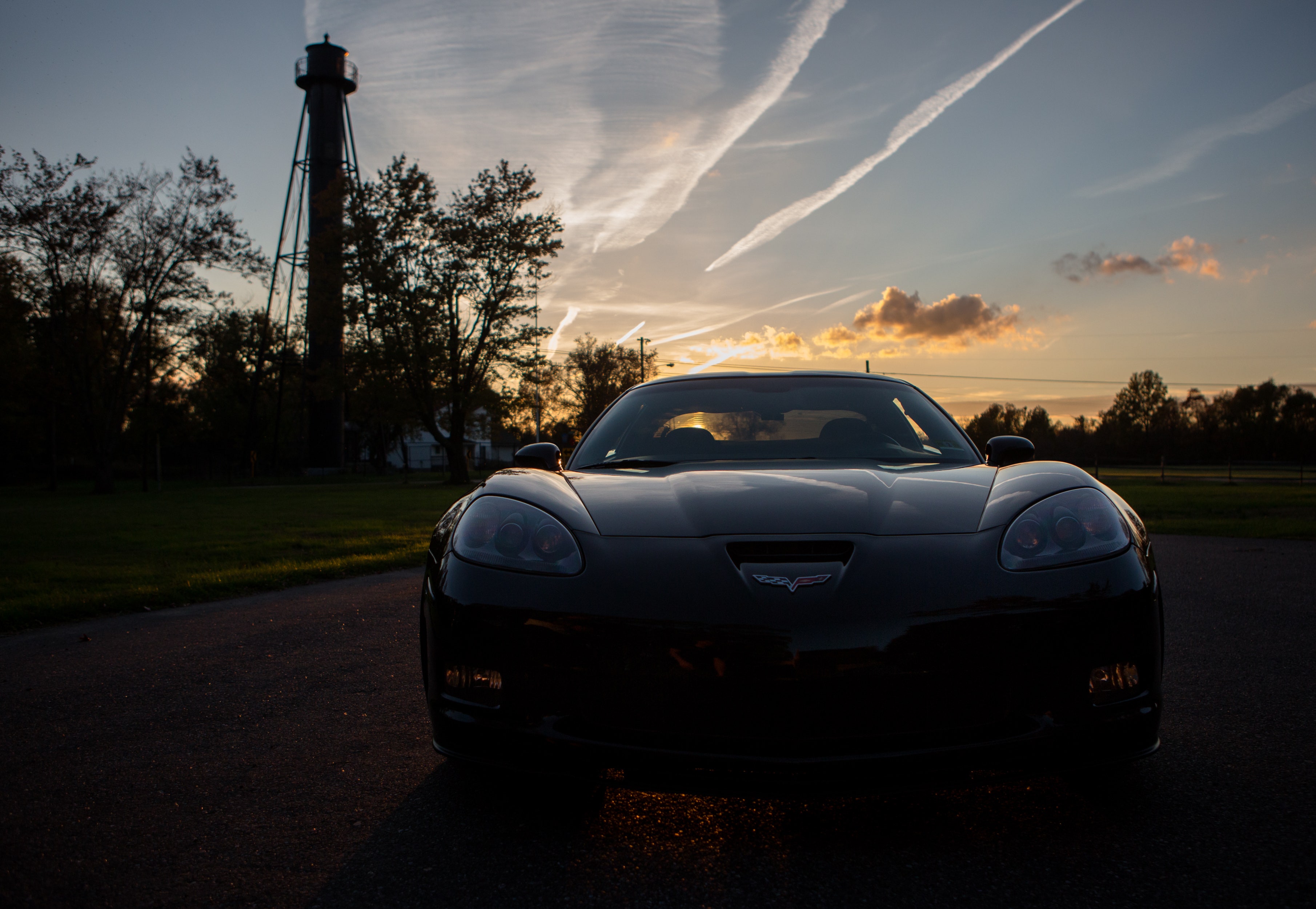
Legendary Cooling - 2005-2012 C6 Corvette Performance Radiator, Part 1 - Stock Review
When you look back on America's history in the realm of speed, it seems that we're only known for one thing"straight-line speed. Our obsession with muscle cars has left the impression on the rest of the world that we here in the US are a little timid around corners. Anyone who knows anything, though, can always name one American car that can take that beeline grunt around the hairpins. The Corvette.
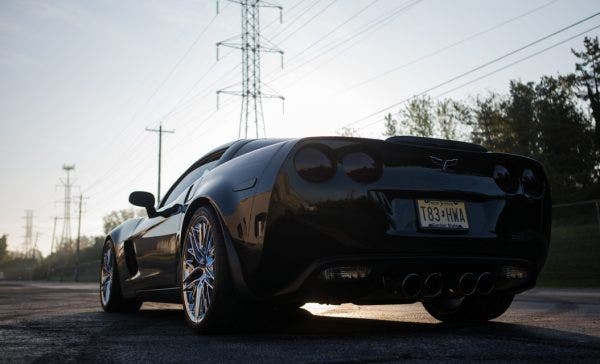
Chevrolet has been fixated since 1953 on being able to pilot one of their big crate motors safely around the bends. Using sleek body lines to achieve a slippery aerodynamic profile, combined with lightweight materials and stiff chassis components, the Corvette has evolved over the years from a nimble sports car to a serious contender against the best of Germany and Italy.
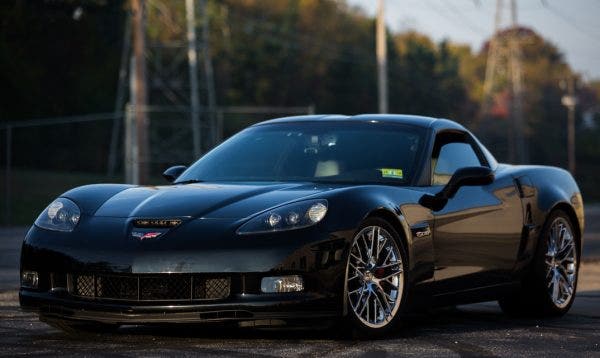
The mid-2000s is when Kentucky's supercar came into its own with the release of the C6 body style. Judging from outward appearances, the C6 might just look like a C5 facelift, which is warranted. Both share almost identical body lines, but the C6 added some extra touches of modern styling. The real improvements come once you start peeling back the layers.
This new edition upgraded the already thumping 5.7 V8 by adding another 0.3L and 50 more horses to the base models with the LS2. The C6 also carried over the Z06 trim level, this time offering the monstrous 7.0L, dry-sump LS7. No matter the trim though, both engine options easily counteracted the few extra pounds this body style put on. With all the revisions that were made to the 6th generation, the Corvette went on to mop up in both the 2006 American GT1 Le Mans Championships and 2007 FIA GT3 European Championships.
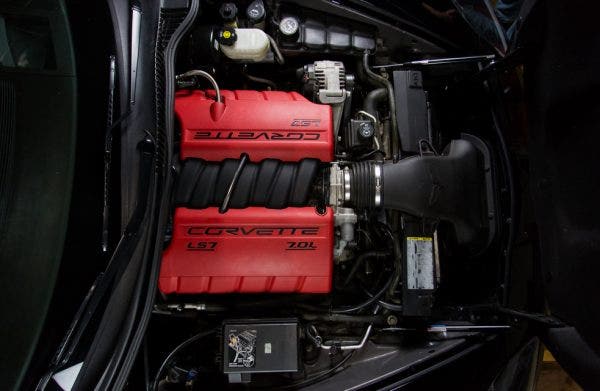
The 7 liters of LS power give the C6 Z06 more than enough torque to throw you against the leather bucket seats, both in a straight line and around the bends.
With all this racing experience and pedigree behind it, what is the C6 doing here at our R&D facility? Even though the C6 Corvette was available in plenty of different configurations over its 8-year tenure, they all suffer from the same weak link. The cooling system. One would assume that with the sheer size of the V8s installed, the radiator would be just as large. It turned out to be almost the opposite once we peeled back the shrouding on our loaner Z06.
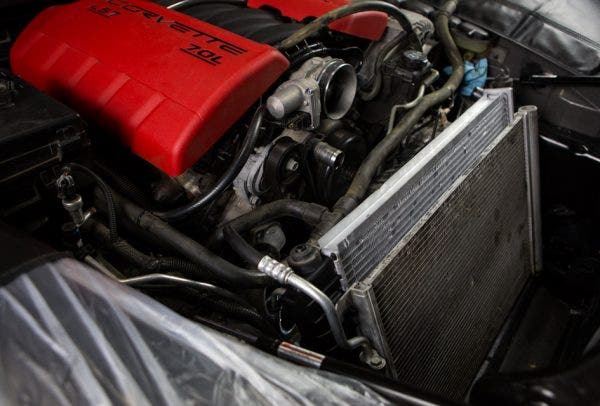
Space is admittedly limited under the hood of the C6, but the cooling system, in our opinion, should have taken more precedence over other components.
When it comes to mass production, sacrifices have to be made in order to cut costs. We see it all the time with the vehicles we bring in for R&D. In fact, that's why we're here. One of the sacrifices that Chevy inevitably made when it came to the C6 was with the radiator. From the factory, the "Vettes equipped with Chevy's monstrous LS7 were cooled by a 1.3" thick, single row, tube-and-fin radiator. If keeping 6-7 liters of V8 fury wasn't already a taxing enough job, both the transmission and oil cooler in some cases also rely on the already undersized heat exchanger to stay cool.
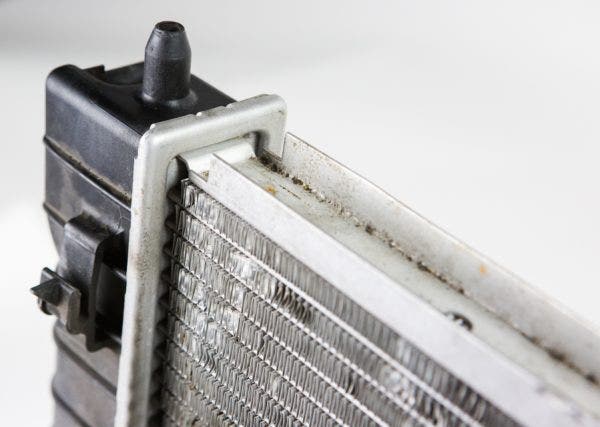
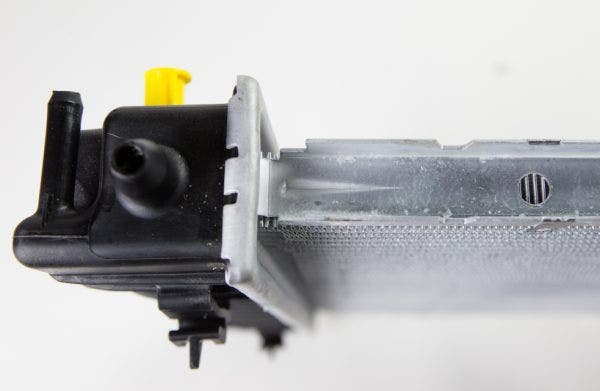
Those who didn't opt for the Z06 trim were subjected to an even thinner radiator. Measuring at about only an inch thick, it's a wonder how the base model Corvettes stayed cool at all.
The size of the radiator isn't the only drawback in the Corvette's cooling system. If you take notice on the front of the C6, there is a distinct lack of gaping grills that are usually so prominent on other sports cars. To reduce drag on the Corvette's sleek profile even further, there is only one opening for fresh air to run across the heat exchanger. In addition, for those not sporting the Z06, that one opening is also shared with the LS's air intake as well.
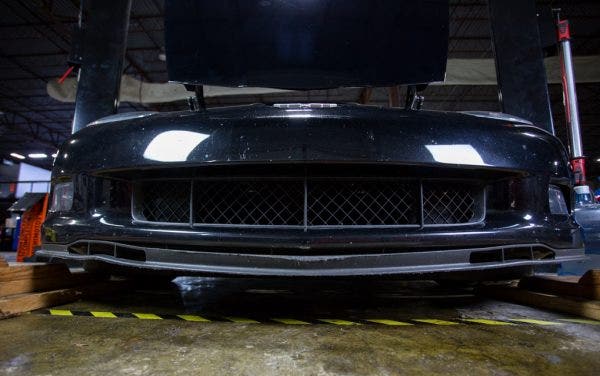
Whatever air can force its way into this singular grille is all that gets channeled into the cooling stack, and in some cases, the LS's throttle body as well.
Chevrolet has spent the last 50 plus years improving and evolving their Corvette into a vehicle that sits at the periphery of supercar status, and is able to keep up with and even surpass some of Europe's best offerings. Every great sports car has its own drawbacks, though. In the case of the C6, the lack of airflow to the undersized and overworked radiator is the main culprit for track days cut short. Luckily for you, our engineer has a few ideas on how to keep your legendary sports car cool.
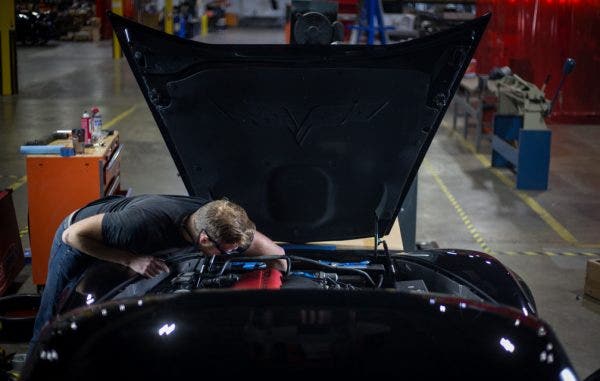
Thanks for Reading!
-Nick











